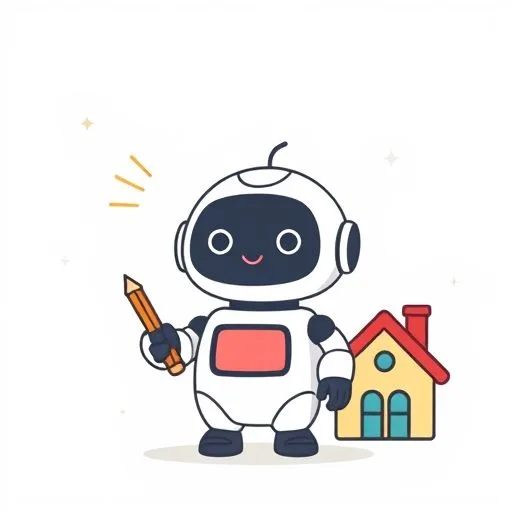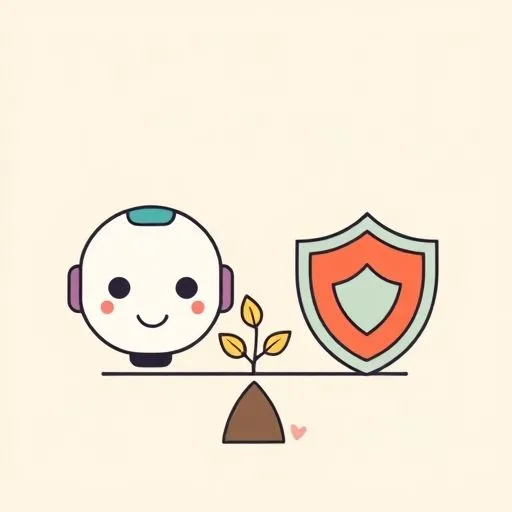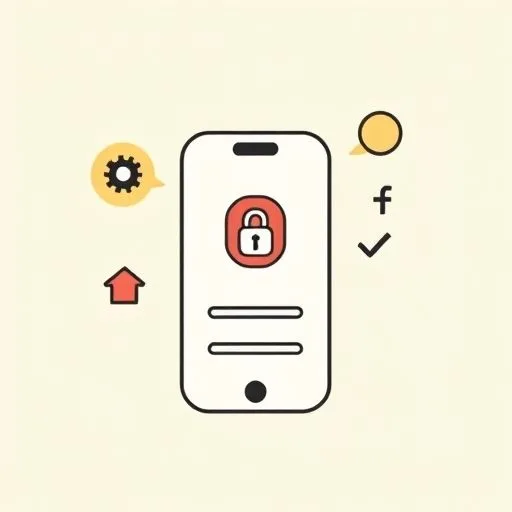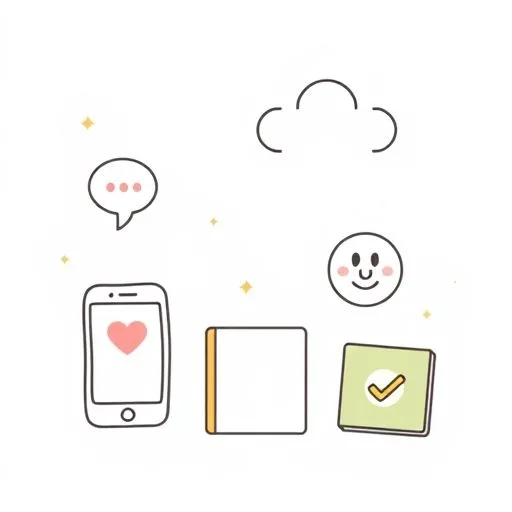
It was late Tuesday night, and she was scrolling through our daughter’s chat history—not with suspicion, but with that gentle curiosity she brings to everything. Her finger paused mid-swipe. ‘Hmm. This doesn’t look like homework help.’ And right there, in the glow of the tablet, we felt it: the digital world had quietly knocked on our door, and we hadn’t even heard the footsteps.
The Unseen Guest in Our Living Room

You know how it is—they’re doing homework with ChatGPT, asking Gemini about science projects, and suddenly you realize these AI tools aren’t just helpers; they’re basically joining our family chats now. And like any guest, they need ground rules. We’ve learned it’s not about banning the technology (try that and let me know how it goes), but about teaching our kids how to use it well and safely.
That’s the thing about AI parenting: it’s not in the manual. We’re figuring this out together, learning from slip-ups and small victories. Just last week, our daughter thought she’d ask a homework helper for the answers to her math sheet—innocent enough, until we realized she wasn’t learning the process, just collecting results. That’s when we sat down and talked about what these tools are really for—and what they’re not. We’ve definitely fumbled through some of these talks—who gets it perfect on the first try?
The Fine Line Between Concern and Connection

There’s a delicate balance here, isn’t there? Between keeping them safe and respecting their growing independence. We’ve found that being open about it changes everything. Instead of secret monitoring, we tell our kids: ‘We’re checking because we care, not because we don’t trust you.’ It opens up conversations rather than closing doors.
And it’s not just homework—these tools can even mimic friendships, which brings its own set of questions. Our daughter once spent an afternoon chatting with a character AI—harmless, until we realized how real it felt to her. That’s when we knew: open communication isn’t just nice; it’s essential. We talk about what’s real, what’s not, and why some connections are better kept in the real world.
Practical Steps That Actually Work

We’re not experts—just a family trying to stay safe online. But here’s what we’ve learned: parental controls are one cog, but they’re not the whole machine. We use them, sure, but we also have family tech talks where we share what we’ve encountered. The other day, our youngest showed us a pop-up that looked suspicious—proud that she’d recognized it without us telling her.
Simple habits help too: devices charged in the kitchen overnight, no screens behind closed doors, and regular check-ins about what they’re experiencing online. It’s not about perfect rules; it’s about consistent presence. We’ve made our share of mistakes—who hasn’t?—but each one teaches us how to do better next time.
The Quiet Strength of Watching Together

Here’s what I’ve noticed about her approach: she doesn’t panic when something unexpected pops up. Instead, she gets curious. ‘Show me how this works,’ she’ll say to our kids, and suddenly they’re teaching her about the very thing we might have feared. That shift—from protection to partnership—changes everything.
It’s like building a digital photo album together—each click a memory. These moments become our family’s digital scrapbook. Not of dangers avoided, but of skills built together.
The time our daughter explained privacy settings to her grandma, or when she recognized a phishing attempt because we’d talked about it at dinner—these are the victories that matter. They’re not headline-making; they’re heart-making.
Tomorrow’s Conversations Start Tonight

As I write this, she’s across the room, looking at something on her phone with that faint smile that means she’s found another way to connect with the kids about tech safety. Maybe it’s a new app, maybe a conversation starter she read about—whatever it is, it’ll become part of our family’s story.
That’s the thing about keeping kids safe with AI tools: it’s not a one-time talk. It’s the ongoing, quiet work of being present in their digital world as much as their physical one. And if we do it right, these conversations become the foundation of something stronger than any parental control—a rock-solid trust that not only keeps up with tech but actually grows stronger because of it—how cool is that?
Source: Announcing Data Intelligence for Cybersecurity, Databricks, 2025-09-30
